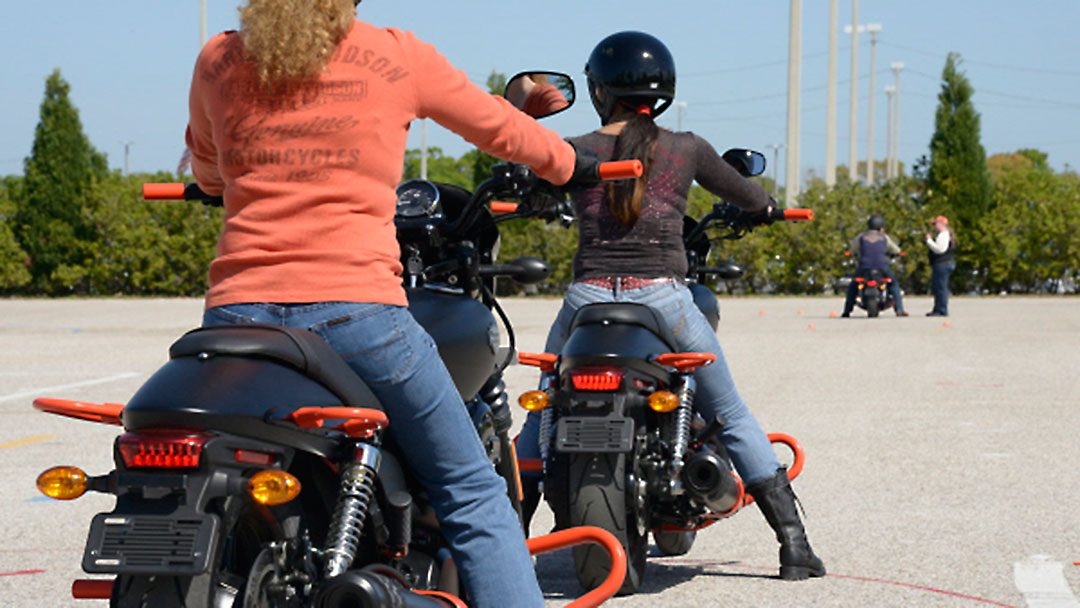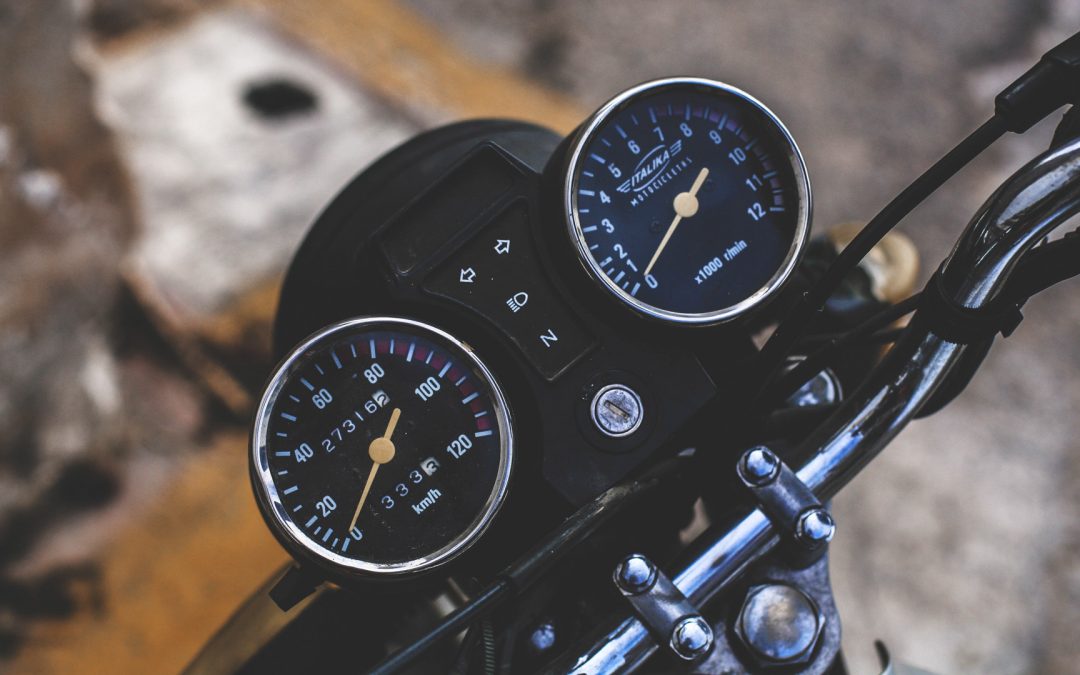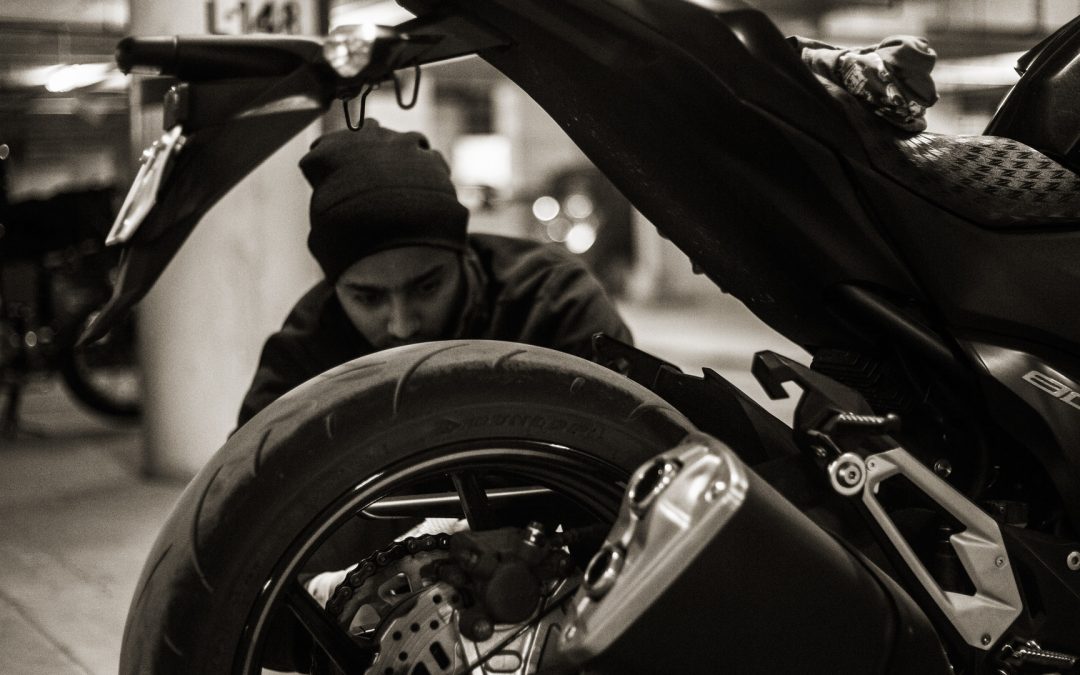Over the years, I’ve been blessed enough to introduce several friends and family to the world of motorcycling and teaching them how to ride. One thing that I see in common, with almost all new riders, is remembering the starting and cut off process. Lucky for them, the Motorcycle Safety Foundation’s (MSF) FINE-C mnemonic can make it easy to remember.
Use the mnemonic FINE-C when starting your bike up. On the flip side, you can use C-ENIF whenever you need to shut down your vehicle. Over time, as you get more comfortable with your bike, you will remember the steps and it will become second nature to you.
F – stands for FUEL. Some bikes have what’s called a Reserve switch. Make sure that you’re in the regular On position. Due to differences in every bike, I would suggest you review your owner’s manual to learn the specifics for your brand and model. Some motorcycle have an automatic fuel switch. However, even for those particular models, you must still make sure that you are not in reserve.
I – stands for IGNITION. Turn your key or key fob on your main ignition switch to the On position.
N – stands for NEUTRAL. Ensure your transmission is in neutral. Use the indicator light, usually on your dashboard, to make sure that your motorcycle’s transmission is in neutral. In addition, when the light is saying you’re in neutral, slightly roll the bike forward a couple of inches. While this is great for verifying that you are in neutral, this also allows you to check that your Neutral Indicator Light is working as expected..
E – stands for ENGINE. Place your Engine Kill Switch into the On position.
C – stands for CHOKE / CLUTCH. Motorcyclists often use the C as a reminder to pull the clutch in before starting a bike. In addition, the C also stands for setting the appropriate choke settings depending on engine temperature. Once again, I defer to your owner’s manual for the specifics of when you should or should not use the choke.
Shutting your bike down for the night is just as simple. You simply reverse the letters (and settings) to shut down your bike.
C – stands for CHOKE / CLUTCH. If your Choke is still on (which it shouldn’t be since your engine is warm), turn the setting to Off. Remember to keep your Clutch fully engaged however since your are still in gear with the engine still on at this point.
E – stands for ENGINE. Flip the Kill Switch to stop the engine. Needless to say, this also tests the functionality of the switch at the same time.
N – stands for NEUTRAL. Put the bike in Neutral. Slightly roll the bike to make sure you’re in the correct gear. If you’re parked on an incline, it is usual okay to leave your bike in gear to prevent it from rolling.
I – stands for IGNITION. Turn your ignition completely off. Make sure you don’t accidently place it in Parking (which will leave your taillights on) guaranteeing a dead battery by the morning.
F – stands for FUEL. Make sure that your Reserve switch is set to use your regular gas supply and not the reserve supply. Check you owner’s manual for the specifics of your brand / model. If your motorcycle has an automatic fuel switch, you’re in luck… just make sure that you are not in reserve mode and you’re good to go.




